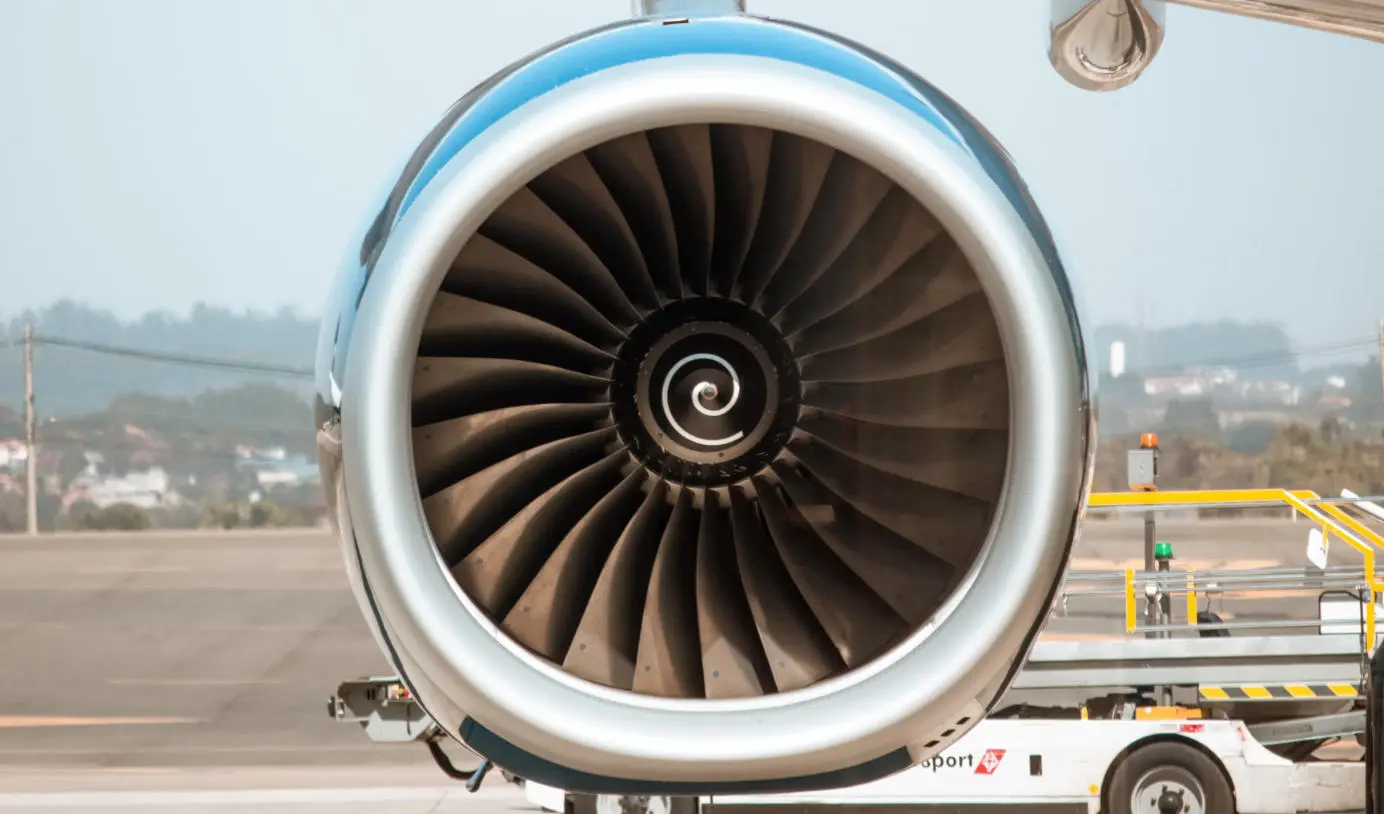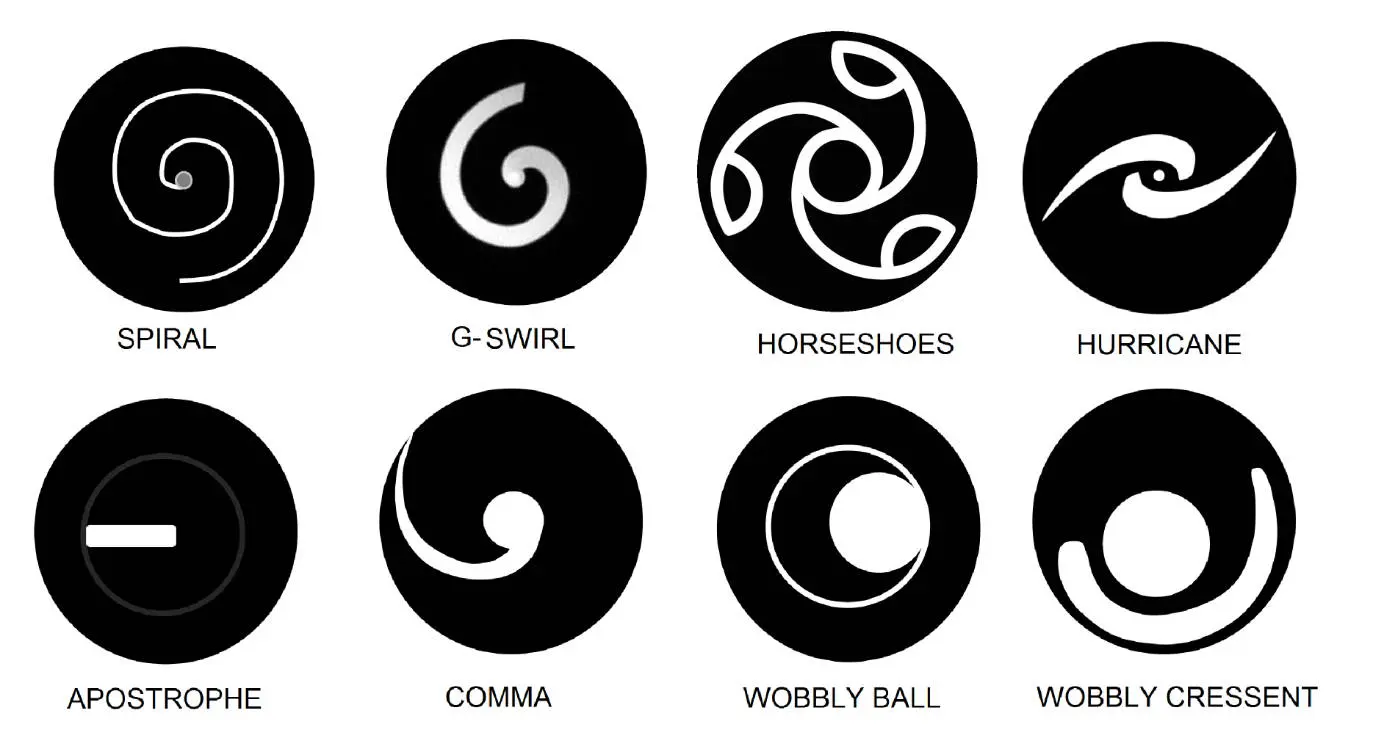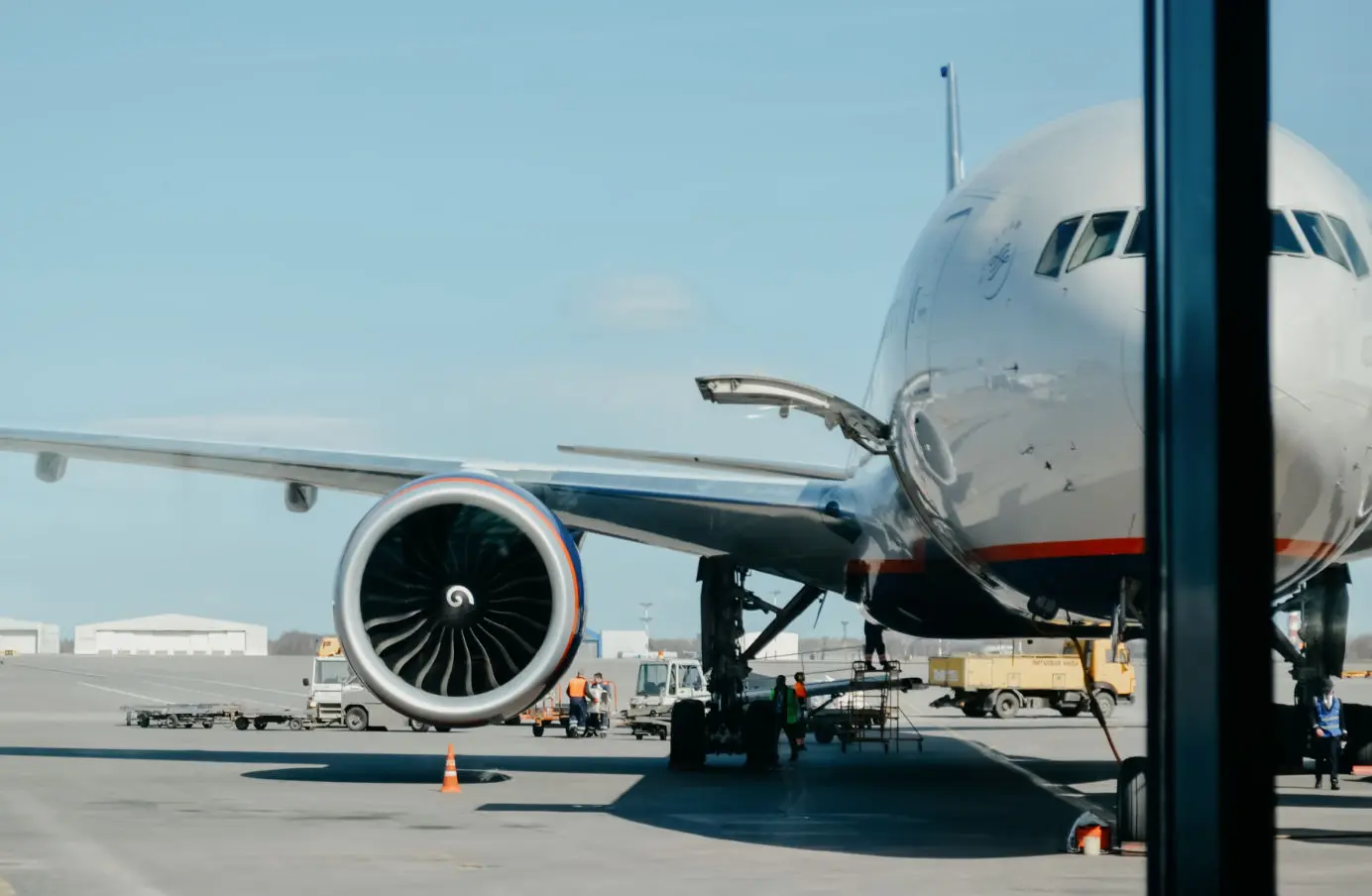
Why Jet Engines Have Spirals
The spirals on modern jet engines are an important safety feature and help protect people around the aircraft. Read more about what the spirals are for.
Table of Contents
In aviation and the world of modern jet aircraft, you could spend a lifetime appreciating all the fascinating moving parts that make air travel possible. One of the most intriguing examples of this is the small spirals painted on the engine fan of a jet. The question is, what is the purpose of the spiral on a jet engine?
The spiral that is painted on the get engine is there to visually alert any nearby humans to the fact that the engine itself is active and running. This is because a jet engine that does not have any white painted spiral on it can look, from any distance, inactive, leading to a danger of being ingested and injured or even killed by the fast-moving blades of the engine.
In this article, we will go over what the purpose of the spiral that is painted on a jet engine is, what the different kinds of spiral paintings are, and answer some frequently asked questions. Let’s get started.
What Are the Different Kinds of Spiral Designs?
Before we go into what the spirals painted on each engine are meant to do, we should first clarify what each painted spiral looks like. This way, we can identify the spirals and their purpose no matter which kind of engine or aircraft they are painted onto. Check out the list below for a brief description of the most common spirals:
- Classic Spiral or G-Swirl – Used on most Rolls Royce engines.
- Apostrophe Spiral – A simple design used on some Whitney and Pratt engines.
- Comma Spiral – An older design used on turbofan model engines.

Each of these spirals tends to perform the exact same function as all the rest, but they help serve as another way to tell different models of engines apart. Now let’s get into the actual purpose of these painted spiral designs, as a whole.
What Is the Purpose of the Spiral on Jet Engine?
The purpose of the jet engine spiral is, as previously mentioned, to indicate that a jet engine is on and therefore dangerous. This happens because as the engine activates and begins moving, the spiral moves with it in a bright, easily-visible spinning pattern.
Though one of the purposes of the spiral is to indicate how powerfully an engine is running, this is not its primary purpose.
To put it plainly, the spiral serves as a warning sign that lets anyone standing nearby know they are near hazardous machinery. The reason this is so important is that a jet engine is incredibly powerful and dangerous. It can easily suck in any nearby people or objects and cause horrible damage.
Engines that are running are certainly loud, but they are not always visually noticeable. The interior of an engine, even with moving fan blades, is pretty dark and it can be difficult to see that the fan is running. The ground crew, who are often the people nearest to these engines and therefore can benefit the most from the painted spirals, typically wear a type of standardized ear muffs in the apron.

Even if they were not called upon to wear these ear muffs for protection, it is nearly impossible for the human ear to be able to tell the difference between engines that are running and engines that are actually inactive, because often, more than one or two engines are within earshot at an airport.
This makes it understandably necessary to have a clear way to see which engines need to be avoided thanks to the danger. According to Telangana Today, even when an engine is using idle thrust or low power, it can still be very dangerous.
For example, a Boeing 737’s engine can suck in any items that are 9 feet in front of their blades and even 4 feet to one side of their blades. This is just while the engine is in idle thrust. At breakaway thrust, which is activated when a plane starts taxiing, a Boeing 737’s engine can suck in anything 13 feet ahead or 5 feet to one side.
This is why, in the era of World War II, Germanic aviation included a spiral pattern on some of their Messerschmitt BF 109 planes. As mentioned above, no matter what variation is made in the design of the painted spiral, they are still used for the same safety and awareness purposes today.
In Conclusion
To sum up, everything we’ve learned, the spiral on jet engine models is painted there so that it moves rapidly, creating a swirling, noticeable warning sign for anyone near enough to be endangered by the powerful sucking force of an active jet engine.
These spirals can have varying designs, such as the comma spiral or the hurricane spiral, but the purpose remains the same. Because engines required for flight are so powerful and the area where they are active is so dangerous and audibly disorienting for aircraft ground crews, the spiral is needed to keep human beings clear of the danger zone.
Also read:
Planenerd Newsletter
Join the newsletter to receive the latest updates in your inbox.






